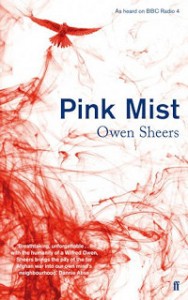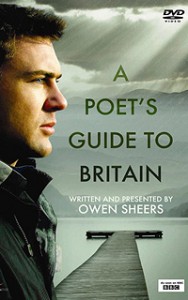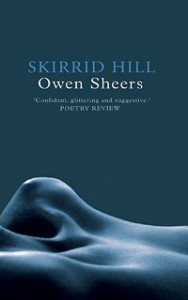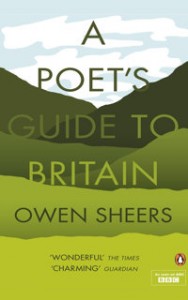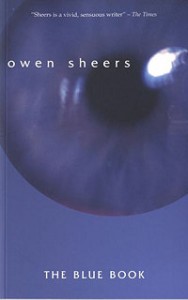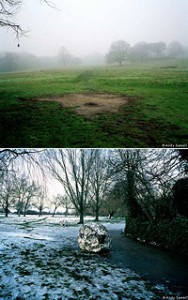 The Heath is a long poem written by Owen to accompany the photographs in Andy Sewell’s book ‘The Heath’.
The Heath is a long poem written by Owen to accompany the photographs in Andy Sewell’s book ‘The Heath’.
I am writing this in London during a summer storm. A peal of thunder has just rolled above me. Sudden rain has begun driving at the windows of my flat. Were I experiencing this a few miles further west, where I used to live, then this is exactly the kind of weather that would have drawn me out on to the slopes and into the woods of Hampstead Heath.
For two years I was lucky enough to live within a few minutes’ walk of the heath’s borders. Over that time I learnt it was in bad weather I most wanted to be there. Bad weather makes sense on Hampstead Heath in a way it doesn’t elsewhere in the city. Its bramble-choked woods and undulating meadows make a virtue of it in a manner only weakly echoed in the landscaping of the Royal Parks. Downpours sound through leaves, not against concrete; a gale is seen as well as felt, given wild body in the movement of trees, bushes and grasses. The Bagshot sand and London clay yields easily to mud. Even on overcast days, on those London mornings when it seems as if someone has forgotten to turn on the sky, this is when, for me, the essence of Hampstead Heath is most strongly felt.
Because make no mistake, the fingerprint of man is all over the heath, from its historic genesis to its contemporary conservation. Strimmers have replaced the grazing stock. The wild space that once fringed the city is now besieged by that city on every side. As such the heath is managed to feel wild rather than be wild. But that, it seems, is enough; enough to satisfy what E.O. Wilson terms our modern “biophilia”. We know we are swimming in a lifeguarded pond, that the swans and ducks are tagged, that the path through the wood will never peter out. But, set within the built city, the “nature” of the heath still feels crucial, fundamental even, stimulating as it does our all too recently buried need to be close to the living world.
With a quiet, precise and sometimes playful eye Andy Sewell’s photographs negotiate this shared territory of the heath’s managed wilderness. While using his camera to frame the “still moments” a place like the heath can gift us, he never allows us to forget the human presence woven through the DNA of its existence. The foot-worn path, the tiny silhouette of a bench on the horizon, an iron fence bisecting a bush, the light of a lamp imitating the sun. His heath is both ordinary and mysterious – the weekday, inclement weather heath. The solitary heath so often imbued with that sense of aftermath, of having arrived on the scene just a few seconds, or maybe a few millennia, too late.
The artistic and visual territory of Hampstead Heath is as well-trodden as its physical one. And yet with these photographs, while acknowledging the threads of Romantic thought so closely associated with its landscape, Sewell has discovered his own vision of the heath. By finding the surprise in the familiar, the strange in the mundane, these photographs derive new perspectives from an old subject. As John Berger writes in Ways of Seeing, “The relation between what we see and what we know is never settled.” Sewell is making sure that relationship remains unsettled, asking us to look with new eyes at one of the most looked-at landscapes of London. And then look again.
![]() www.ft.com The Heath by Owen Sheers, FT Magazine (8 July 2011)
www.ft.com The Heath by Owen Sheers, FT Magazine (8 July 2011)
For more of Andy Sewell’s images, and to purchase his book ‘The Heath’, go to:
![]() www.andysewell.com
www.andysewell.com

